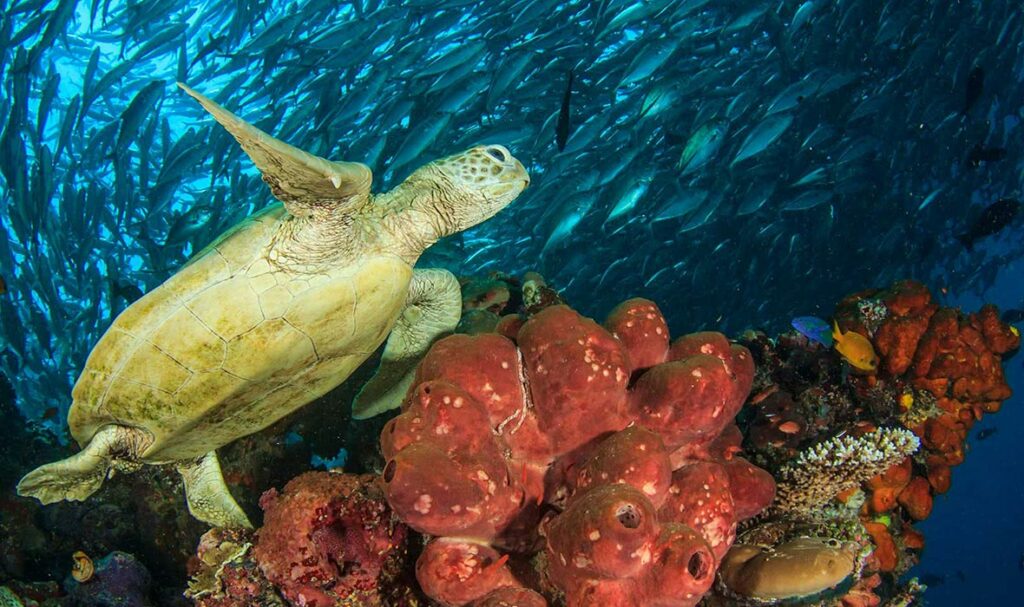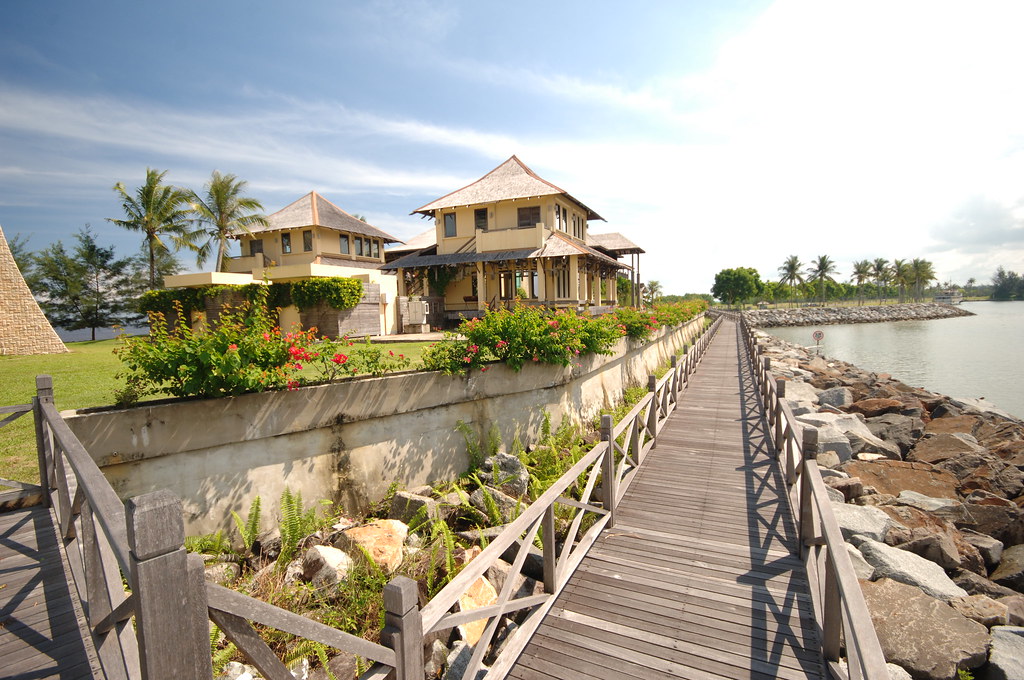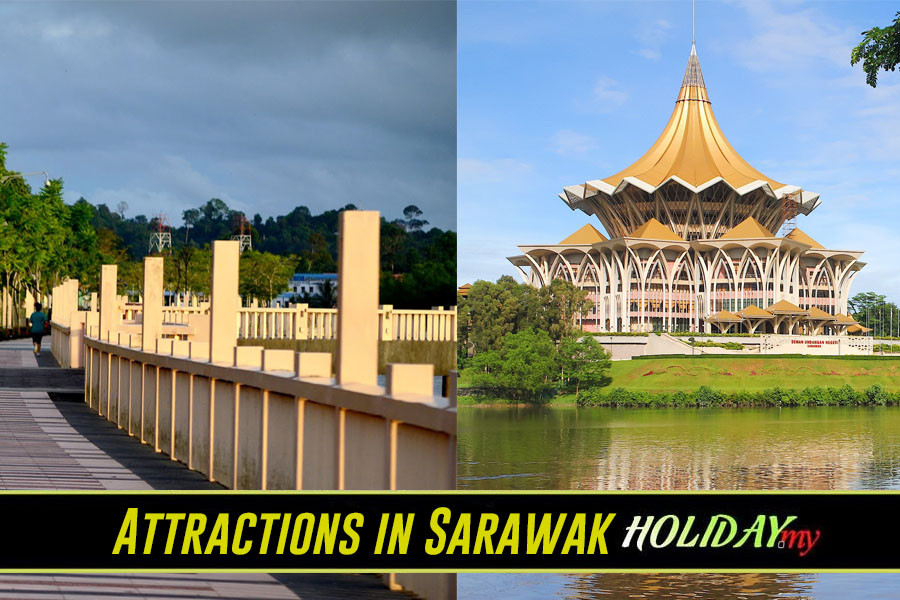
Some describe the view as a beautiful pot of emerald and sapphire. A trio of central islands that are part of the Sulu volcanic chain which erupted 2.5 million years ago make up the greenish blue breathtaking view atop the peak of the island we see today! Insider tip: The My Sabah blog mentioned that you'll need to walk about 20 meters to your right once you reach the peak to get the panoramic view of the islands. Avoid wearing flip flops! According to the My Sabah blog, you can expect to see rare scrub vegetation and plant species that are unique to Bohey Dulang such as the palm-like Cycas rumphii, cactus-like succulent Euphorbia lacei and trichoglottis geminata, a rare orchid grows on volcanic rocks. The path up to the peak can be a little rough, especially after rain as the path can be slippery and muddy. To get there, you'll need to hike up a 600-meter nature trail, which is said to take about 40 minutes.

The highlight: Bohey Dulang is particularly popular for its stunning views from the peak of the island. These giant clams are known as 'kidneys of the oceans' as they help to the preserve and filter the water by absorbing harmful organics that may harm marine life. Expect to see display tanks with rare giant clamps species like the T.Gigas and T.Derasa, abalones and even phytoplankton which serves as the giant clams' food. It is located near Bohey Dulang's jetty and houses laboratories, exhibition halls, broodstock gardens and open sea cages. Not only does the island offer a rich collection of marine life, it is also home to the Giant Clams and Marine Invertebrate History which is a collaboration between Malaysia's Sabah Parks and the United Kingdom's Marine Conservation Society. The southern side of the lagoon is lined with a stretch of coral reef. The beauty of the island is further enhanced thanks to the crater surrounding the island that is now flooded with seawater and which has created a magnificent lagoon that is about 25m deep. The mountainous Bohey Dulang island is formed from the remnants of an ancient volcano and is situated right beside the largest island in the park, Bodgaya. What's really interesting is that the beaches on Bodgaya Island are formed from cobbles of volcanic rocks believed to be almost 2.58 million years old! However, do note that there are no coral sand beaches in Bodgaya. According to the Pulau Mabul tourism site, Bodgaya has three main peaks between 366 and 455 meters in height, peppered with trees and vegetation while the north end of the island has freshwater streams flowing along it. The highlight: If you're the kind of person who loves the idea of exploring nature and happen to be a sucker for water activities, then the Bodgaya Island would be your go-to place! With its pristine, greenish-blue coloured waters and unique flora and fauna, the island serves as a perfect one stop center to satisfy the nature junkie in you. The island is about 8km long and 1.5km wide, making it the largest island out of the eights islands in the Tun Sakaran Marine Park.

Spend a night or two with the friendly, unique Bajau Laut community to truly experience the unique way of life of this ancient seafaring community.īodgaya, along with the Bohey Dulang and Tetagan island make up the semi-circular group of islands that form part of the rim of a volcanic crater. Apart from fishing and diving, the Bajau Laut people are also great at building pile houses and boats ( lepa).
#Island in sarawak free#
The only time they go ashore would be during the day to either sell their catch of the day, collect fresh water or wood to make their boats or for funerals.Ĭompletely immersed in the seafaring way of life, the Bajau Laut community have mastered the art of free diving, with some being able to dive for 20 meters deep while holding their breath for several minutes on end.


The coolest thing about this island is the fact that it is the only island in the Tun Sakaran Marine Park that offers accommodation in the form of stilt houses in the water villages that the Bajau Laut community lives in.įor centuries, this ancient community of seafarers have lived on the sea for almost all their lives, with some having never set foot on land. Lined with strips of sandy beaches and mangrove trees along the island's northwest coast, Selakan Island has two jetties and certain parts of the island are only accessible during high tide. Selakan is most populated island out of the eight islands in the Tun Sakaran Marine Park and even houses a school that caters to all the students from the islands in the park.


 0 kommentar(er)
0 kommentar(er)
